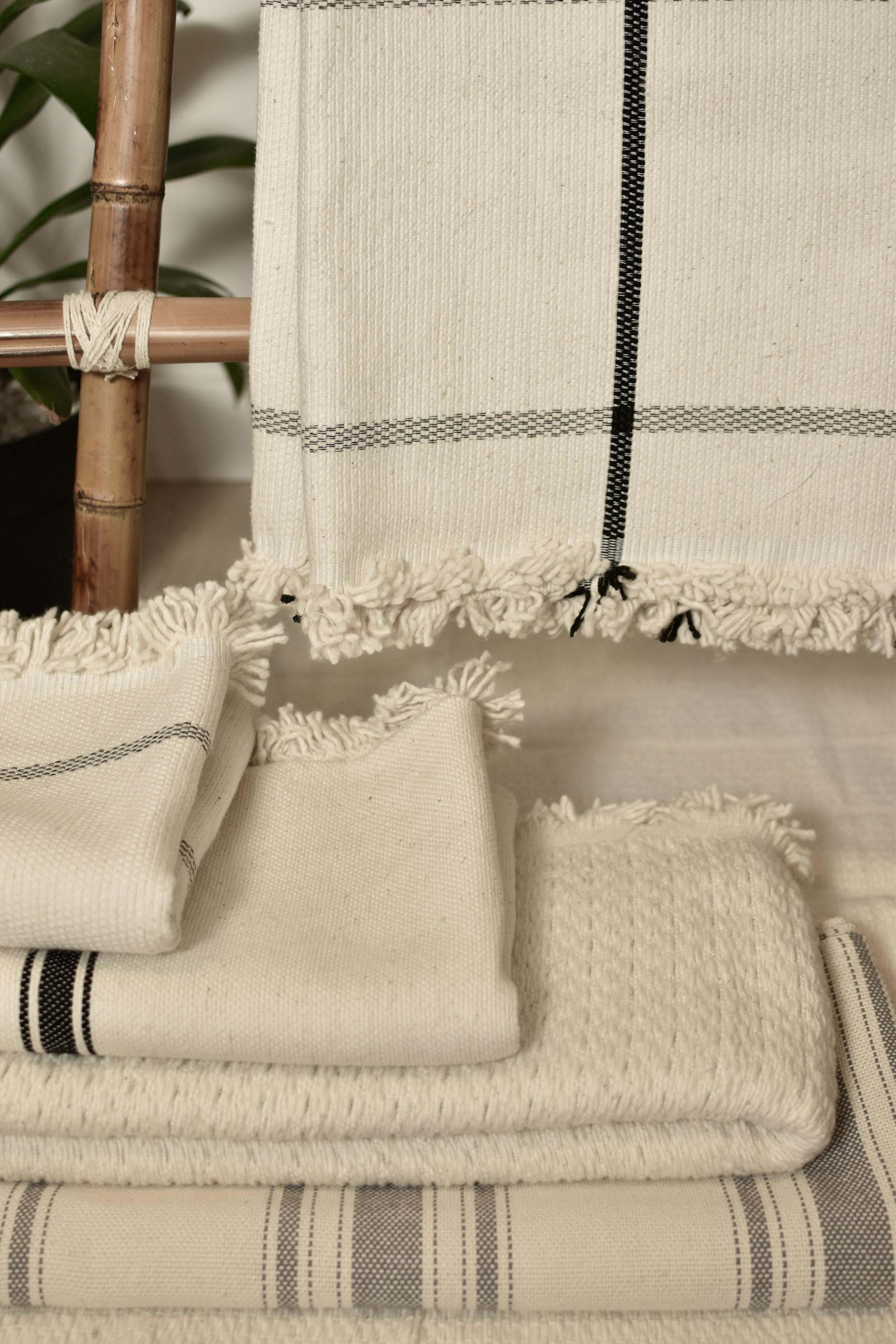Your bed sheets are home essentials that get softer and stronger with every use. If you invest in good quality bed sheets and take the right steps in caring for them, you’ll be rewarded with a good night’s rest for many years to come. Check out our collection of high quality bed sheets and our care guide!
How often do you need to wash your bedsheets?
How often you need to wash your bedsheets will depend on what kind of sleeper you are. What do you do on the bed? Do you study or work in bed? Do you eat in bed? Do you sleep with pets? These are just some questions you need to answer.
Bedsheets get soiled by body fluids or particles, and other surface dirt that bacteria can grow in if left alone for extended periods of time. How often you need to wash your bedsheets will depend on what kind of sleeper you are. Take time to go through these questions:
- Do you wash before bed?
- Do you wear pajamas in bed?
- Do you perspire a lot when sleeping?
- Do you easily get sick (e.g., catch a cold, flu or virus)?
- What do you usually do in bed (e.g., eat, study, work, or sleep with pets)?
Depending on your answers you can wash your sheets as often as twice a week or as seldom as every other week. Nevertheless, here are the five steps on how to properly clean and care for your cotton bedsheets:
Step 1. Sorting
Start by sorting your bed sheets by colour. Never wash light colours with dark colours. Wash it on its own or together with other bedsheets of natural fibres like linen or bamboo.
Do: Wash your bed sheets on its own.
Don’t: Wash with other fabrics (e.g., clothes, towels) .
Note: Brand new bed sheets should be washed before use to soften the fibres. Expect a lot of lint on the first wash. Don’t worry it will lessen over time.
Note: Treat stains before washing. Different stains can be removed by different types of stain removal treatment. Don’t use bleach! Apply a small amount of your laundry detergent directly onto the stained area and allow it to soak for a few minutes before proceeding with the rest of the steps.
Step 2. Washing
Before you load your bedsheets in the washing machine make sure to secure any buttons or zipper to avoid any wear and tear. Wash with warm water (for lighter colours to eliminate allergens) or cool water (for darker colours to prevent the colour from fading) using a gentle cycle. A quick trick is to add 1 cup of baking soda to the wash cycle and 1/2 cup of white vinegar to the rinse cycle for the first few washes – it works wonders, especially for the first wash.
We also experimented with soaking the sheets in baking soda/ vinegar – that also works = but you’ll just get bubbles when the 2 react!
Don’t believe us? Even the Well and Good guys agree!
Do: Check the label of your bed sheet to determine the material.
Don’t: Overload the washing machine to make sure the bed sheets are washed thoroughly.
Don’t: Wash bed sheets in extreme temperatures as it may cause shrinkage.
Don’t: Use bleach or fabric softener. Fabric softener coats the material in a layer of chemicals which will harm the sheets in the long-run
Step 3. Drying
Line drying is highly recommended for bed sheets. For best results simply shake and hang the bed sheets once it’s still a little bit damp and smooth the hems and edges to minimise wrinkles. If you are using an automatic dryer, tumble dry on low to medium heat settings. Shaking and spreading the bed sheets after the automatic dryer will minimise the wrinkles so you can skip the ironing.
Note: If you do want to iron your bed sheets, it is best to iron them when it’s still a little damp. If it’s already completely dry, mist lightly with distilled water and press. Leave it to dry completely before using to avoid additional wrinkles.
Step 4. Storing
In order to prevent the growth of bacteria and keep your bed sheets fresh, make sure that it is completely dry and folded properly before storing. Ideal storage is a well-ventilated room-temperature area. Keep away from direct sunlight to avoid fading and damaging the fibers.
Do: Fold your bed sheets as neatly as possible to minimise wrinkles.
Don’t: Store your bed sheets in plastic to avoid growth of bacteria.
Note: Three sets of bed sheets for each bed is ideal. To keep the wear and tear even, use in a rotation of one on the bed, one in the closet and one in the wash. Once signs of aging such as wear and tear, permanent stains or colour fading become more obvious it’s time to replace the bed
Kapas Living
Here at Kapas we take care of our sheets so our sheets can take care of us. Some tender loving care will go a long way. If you need bedsheets that require minimal care and will last a lifetime, check out our collection here today!


